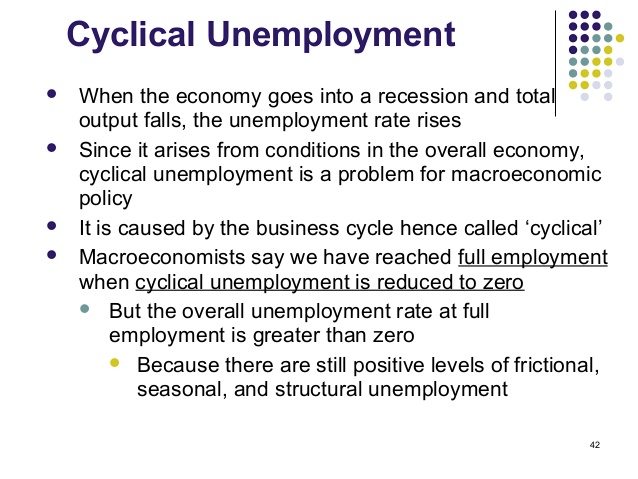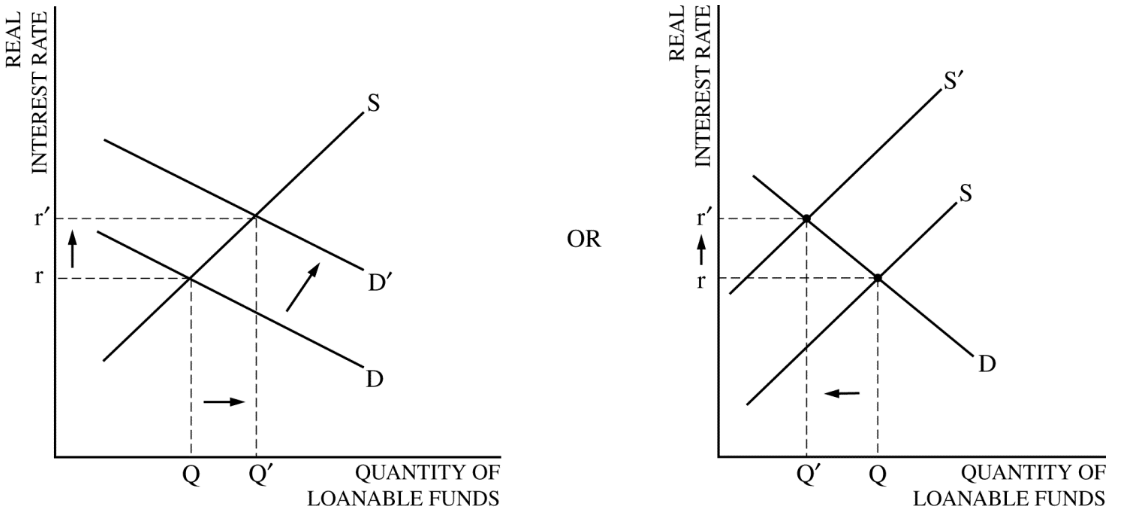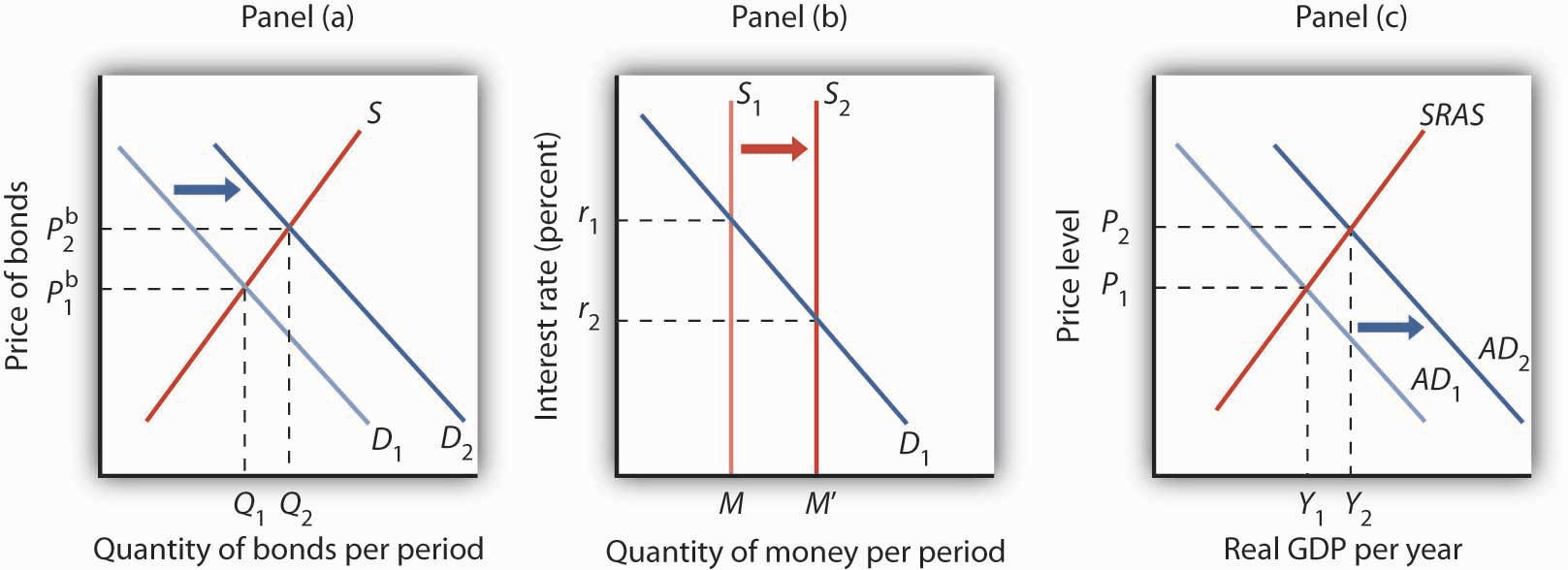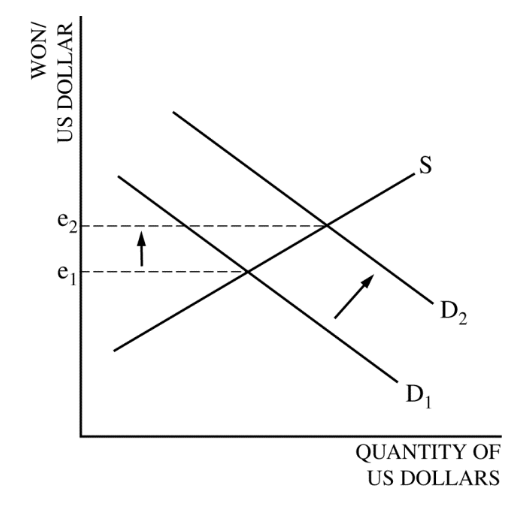Question 1 (b)
Increase in government spending will reduce the Cyclical Unemployment and have no effect on the Natural Rate of Unemployment
Cyclical Unemployment

Natural rate of unemployment

Question 1 (d)
The effect of increase in government spending on the real interest rate
Upward-sloping Supply
Downward-sloping Demand
Increase in Demand ≈ Decrease in Supply

Question 1 (e)
- The economic growth rate will fall with higher interest rate, because it will slow down capital formation
Question 2 (a)
Buy bonds --> Shift demand of bonds to the right --> Increase the price of bonds

Question 2 (b)
Label MS and MD instead of S and D for graph of the money market
NOMINAL interest rate at the y-axis

Question 2 (d)
Discount rate
- The interest rate that the Federal Reserve charges banks for borrowing from its discount window


Question 3 (a)
If inflation does fall then there will be other benefits from having a low inflation rate such as:
More competitive exports (UK goods rise less than other countries)
More certainty and less confusion encouraging investment
Lower menu costs (though quite insignificant at the moment)
Question 3 (b)
Import > Export --> Current Account Deficit
Import < Export --> Current Account Surplus

Y=C+I+G+NX
Higher US exports increased AD
Production increases to meet the increased export demand from other countries
Question 3 (c)
Lower inflation rate for US dollar --> Higher demand for US dollar
